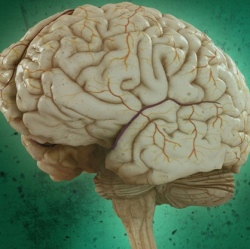
Working with human neurons and fruit flies, researchers at Johns Hopkins have identified and then shut down a biological process that appears to trigger a particular form of Parkinson’s disease present in a large number of patients. A report on the study, in the April 10 issue of the journal Cell, could lead to new treatments for this disorder.
“Drugs such as L-dopa can, for a time, manage symptoms of Parkinson’s disease, but as the disease worsens, tremors give way to immobility and, in some cases, to dementia.
Even with good treatment, the disease marches on,” says Ted Dawson, M.D., Ph.D., professor of neurology and director of the Johns Hopkins Institute for Cell Engineering, Dawson says the new research builds on a growing body of knowledge about the origins of Parkinson’s disease, whose symptoms appear when dopamine-producing nerve cells in the brain degenerate.
Further evidence for a role of genetics in Parkinson’s disease appeared a decade ago when researchers identified key mutations in an enzyme known as leucine-rich repeat kinase 2, or LRRK2, pronounced “lark2.”
When that enzyme was cloned, Dawson, together with his wife and longtime collaborator Valina Dawson, Ph.D., professor of neurology and member of the Institute for Cell Engineering, discovered that LRRK2 was a kinase, a type of enzyme that transfers phosphate groups to proteins and turns proteins on or off to change their activity.
